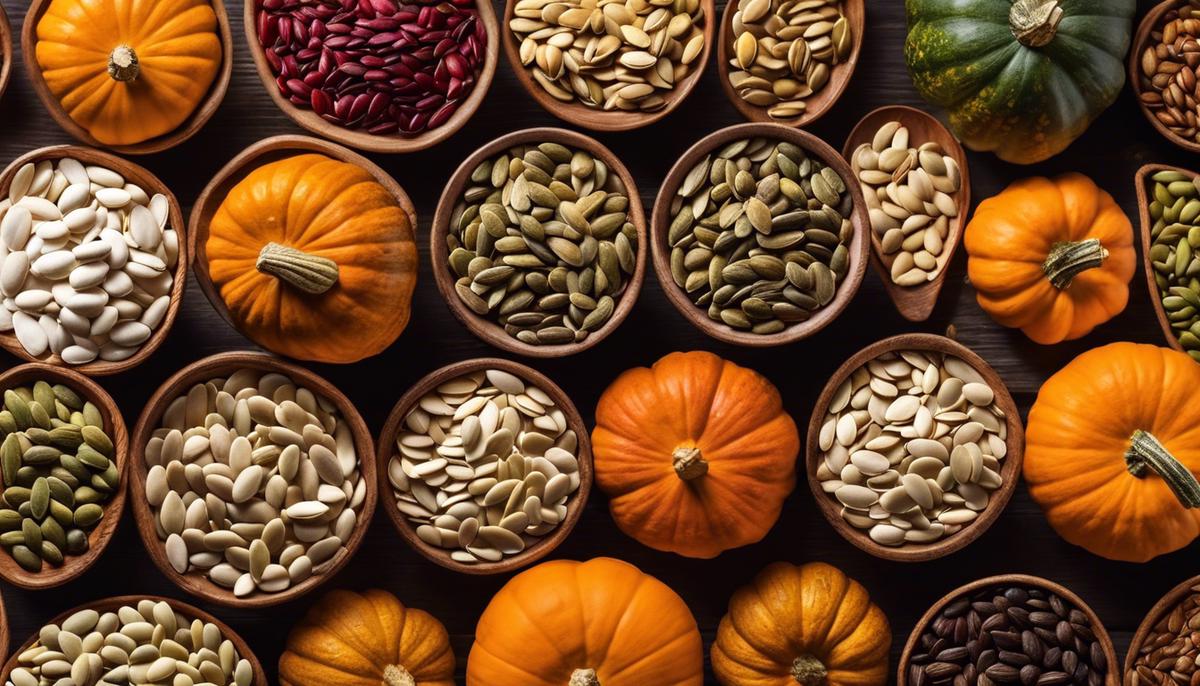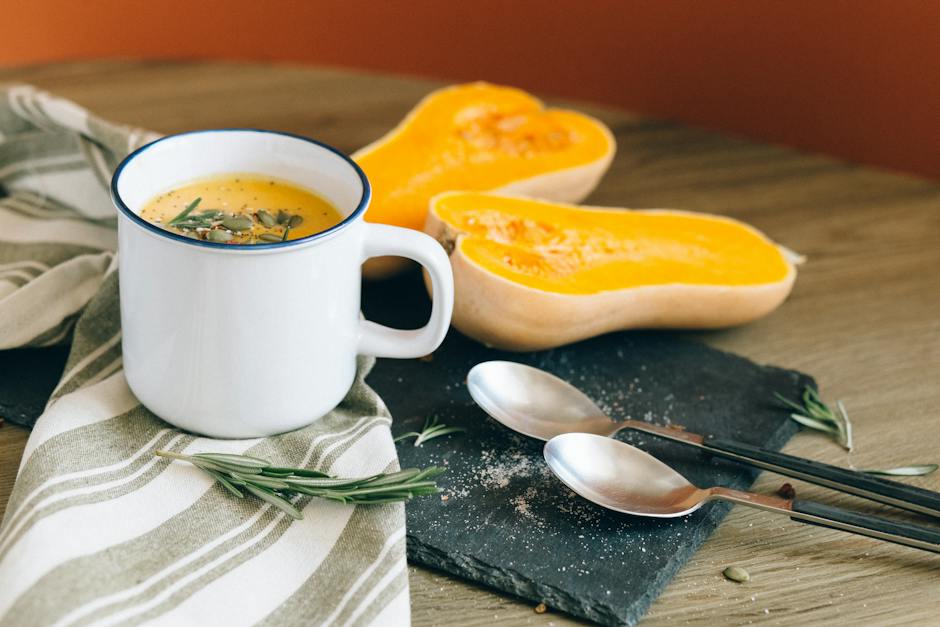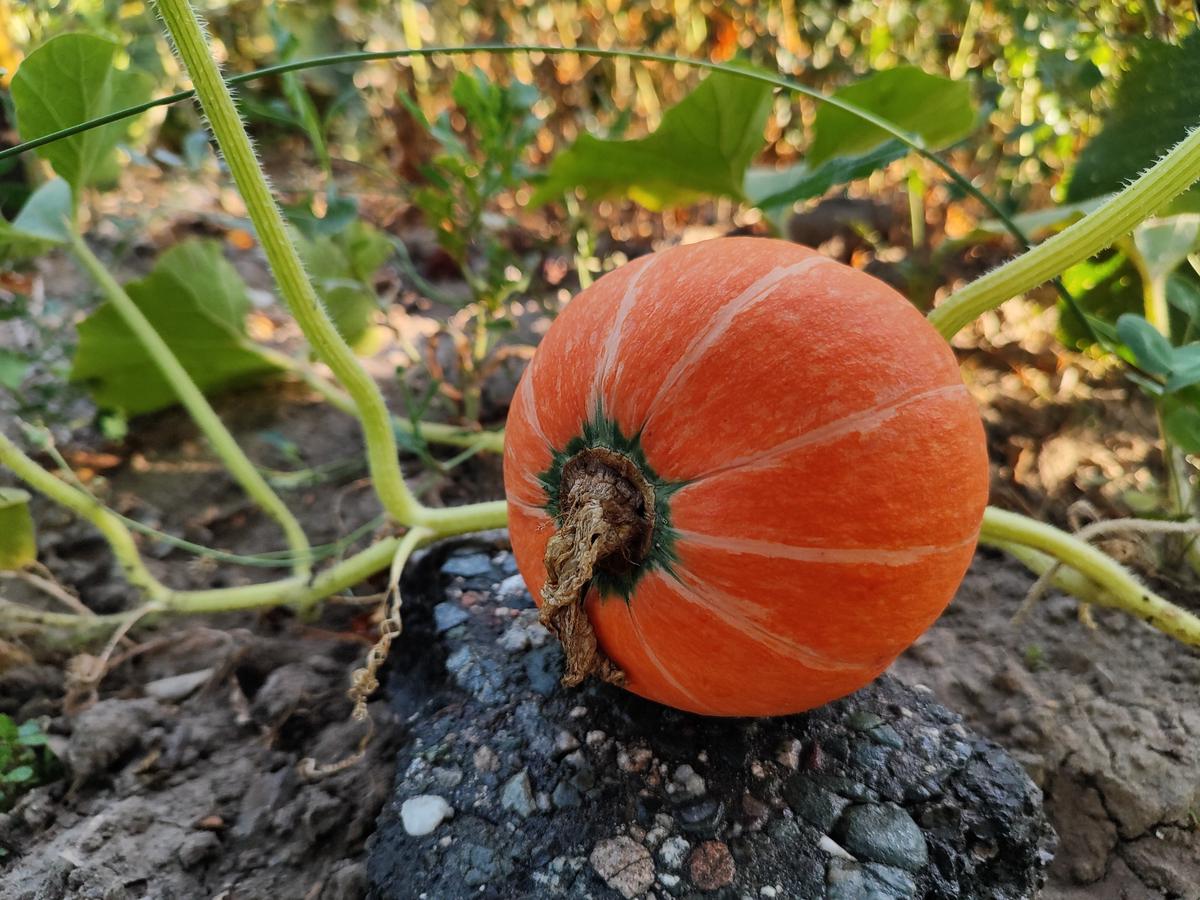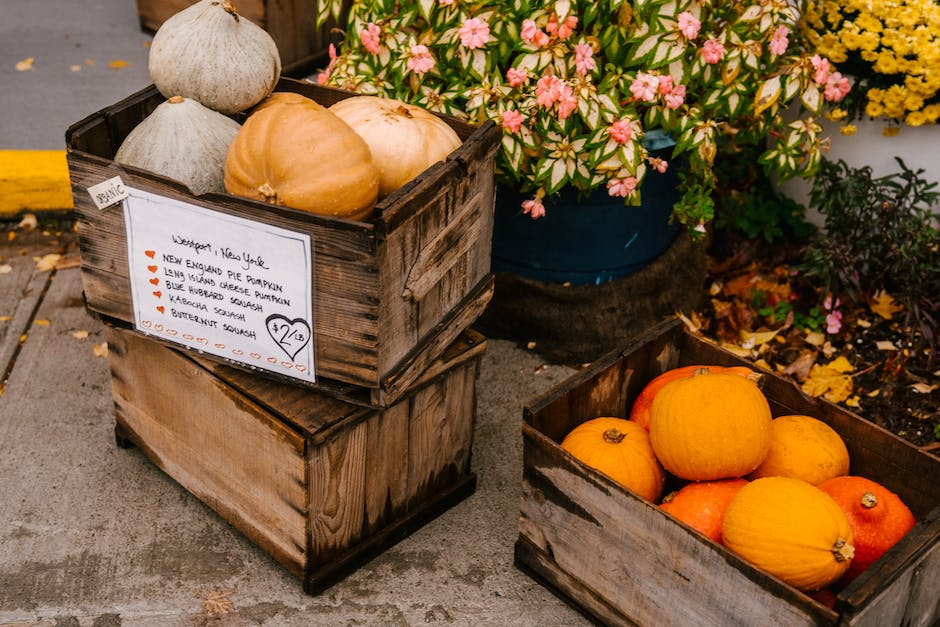How to Successfully Grow a Pumpkin in a Pot

Can you grow a pumpkin in a pot? This question may arise in the minds of many gardening enthusiasts who want to try their hand at growing pumpkins but may lack the outdoor space to do so. The answer is, yes! It is completely feasible to grow pumpkins in pots, provided one follows the necessary steps and guidelines. This compelling discussion explores necessary areas of consideration, specifically focusing on selection of the right pumpkin seeds, choice and preparation of the pot, and effective plant care and maintenance.
Choosing the Right Pumpkin Seeds
Growing Pumpkins in Pots: Decoding the Best Seed Varieties
If the orange splendor of pumpkins is something that pumps you up, just imagine having them bloom right in your living room! And if limited garden space or an urban lifestyle has you doubting your pumpkin dreams, fear not. With the power of pots, anyone can dive into the satisfying universe of pumpkin cultivation. There are many factors to understand before starting this journey, but the foremost is the correct seed selection to procure a bountiful pumpkin harvest in your pots.
Miniature pumpkin varieties tend to be the optimum choice for container gardening. Their smaller size and less aggressive vine growth make them ideal for confined spaces. Here’s a detailed look at some of the best types of pumpkin seeds for pot growth.
- ‘Baby Bear’: A classic, the ‘Baby Bear’ is a small, pie-sized pumpkin that typically grows to about 1.5 to 2.5 pounds in weight. This variety doesn’t sprawl much and offers an impressive harvest suitable for a compact space.
- ‘Baby Pam’: Similar to the ‘Baby Bear’ but with a slightly sweeter taste, the ‘Baby Pam’ is another outstanding pick. Proving to be a versatile gem, not only is it well-suited for container growing but it’s also perfect for culinary endeavors such as baking, soups, and roasting.
- ‘Jack Be Little’: Touted as a quintessential miniature pumpkin, the ‘Jack Be Little’ matures into delightful little pumpkins that fit in the palm of your hand. Sporting a deep orange-colored skin, they are great for pot-growing and make for dashing fall decoration pieces.
- ‘Wee-B-Little’: Living up to its name, this variety is one of the most compact pumpkins out there. The ‘Wee-B-Little’ produces tiny, globe-shaped, deep orange fruits. It’s an All-America Selections winner, promising a prolific yield fitting for a restricted space.
- ‘Munchkin’: Cute by name and by nature, the ‘Munchkin’ produces mini, round, bright orange pumpkins. They are ideal for indoor gardening given their size and can also fulfill many decorative and culinary needs.
- ‘Small Sugar’: A more versatile variety, the ‘Small Sugar’ or ‘New England Pie Pumpkin’ is a tried and trusted variety for container gardening. Known for their delicious taste, they mature to a manageable size, perfect for one-pot pumpkin pies.
Pair a robust pot of 20 inches or more in diameter with a superior potting mix rich in organic material and ensure adequate drainage. Combine this with a cozy, sun-drenched spot and diligent care, and you’re well on your way to witnessing those vibrant pumpkins pop up gloriously in your home.
Happy pumpkin growing, enthusiasts!
Remember, garden magic happens not just in wide open spaces but in small pots too. So go ahead, indulge in the art and science of growing pumpkins. After all, home-grown is heart-grown, be it in a backyard or a balcony!

Pot Selection and Preparation
When we plunge into pumpkin cultivation, a key aspect we often overlook is the choice of a suitable pot. The perfect partner for a growing pumpkin not only assures a healthy plant, but it also determines the success of the harvest. It’s not as simple as container gardening with other plants. A well-thought-out selection of the ideal pot can be pivotal in this voyage of pumpkin growers.
Remember – pumpkins, whether miniature versions or not, are usually substantial growing plants. Even with a small breed like ‘Baby Bear’ or ‘Munchkin,’ adequate space is paramount for their roots to grow freely. Absence of ample room may lead to stifled growth and lower yield. With that in mind, consider choosing pots that are at least 20-25 inches wide and 10-12 inches deep. This space should accommodate the plant’s growth while ensuring good aeration and drainage.
The pots’ materials also play a discernible role in the overall growth of your pumpkin plant. Plastic, clay, or ceramic – each has its pros and cons. Plastic pots are lightweight, inexpensive, and retain moisture well. But they might not provide the required weight balance for top-heavy plants.
On the contrary, clay pots, like terracotta ones, are known for their excellent breathability, giving the root system ample air supply. They’re also sturdy enough to counterbalance an overgrown plant. However, they can be quite heavy, making them challenging to move around.
Ceramic pots, although heavier and pricier, are worthy contenders with their stunning designs and excellent durability. They retain moisture well, too. However, like clay pots, they can be a bit of a challenge when it comes to repositioning or relocating.
And what about fabric grow bags? Effectively, they’re containers, too! These bags are an innovative option and excellent for aeration, but they can dry out faster than solid pots. They are lightweight, easy to store, and good for root air-pruning, as they allow excess heat to escape, protecting sensitive roots.
Here’s an additional tip. The right pot should have sufficient drainage. Pumpkins detest waterlogged soil. Hence, make sure your chosen pot promotes good drainage with multiple drainage holes at the bottom to avoid water stagnation.
In terms of color, remember that dark pots absorb more heat, which could risk overheating the root system. So, lean towards lighter colors, especially if you’re gardening in a spot that gets lots of sun.
With a thoughtful selection of pot size and material, along with a keen eye on watering and feeding, your waist-high garden vision will soon be a reality. Cheers to your green fingers guiding you to a scenic balcony-top, tabletop or backyard yield of petite, perfect pumpkins! There’s nothing so satisfying as witnessing the spherical splendor of pumpkins, from flower to fruit, right within reaching distance.

Plant Care and Maintenance
After you’ve selected your pot and planted your seeds, the journey of caring for your pumpkin plant truly begins. Continual attention towards plant health and maintenance will ensure a fruitful harvest. This involves plenty of sunshine, regular feeding, and smart pest management techniques, along with a few other crucial steps.
Firstly, let’s talk location.
Although pots give your pumpkin plant mobility, choose a spot that can guarantee at least six full hours of sunlight daily. A south-facing spot is optimal. Since pumpkins love heat, this ample exposure to the sun is vital. However, remember that pot-grown pumpkins can dry out quicker, so be prepared to water them more frequently than ground-planted ones.
Speaking of watering, pumpkins are water-loving plants. Their large, broad leaves require significant hydration. However, watering should be done with care, focusing on the soil rather than the leaves. Wet leaves can encourage the growth of mildew or mold that could harm your plant. The best schedule involves watering your pumpkin plant deeply but infrequently, allowing the top one inch of soil to dry out between each watering. It ensures adequate hydration without over saturating your plant.
When it comes to feeding your pumpkin plant, timing is key. Initially, a well-balanced, slow-release granular fertilizer added to the potting mix will suffice. Once the plant starts flowering, however, transition to a fertilizer more high in phosphorus and potassium. These nutrients will encourage the growth of fuller, more vibrant pumpkins.
Pruning is a crucial step for pot-grown pumpkins. Since space is limited, maintaining a manageable plant size becomes critical. Pruning also increases the airflow around the plant, helping prevent the aforementioned mold or mildew. Prune your pumpkin plant by pinching off any excess vines that shoot off from the main one. A pair of clean, sharp pruners work best. Just be cautious not to over prune, ensure the plant has enough foliage left to photosynthesize properly.
Lastly, keep an eye out for pests. Aphids, cucumber beetles, squash bugs, and squash vine borers are a few pests known to target pumpkin plants. Regularly check the leaves, stem, and fruit for any signs of infestation. Organic pesticides and beneficial insects like ladybugs can be used to control these pests.
Remember, growing pumpkin plants in pots requires a bit of patience and lots of passion. But with the right care and attention, your efforts will be validated by a crop of gorgeous, home-grown pumpkins. Happy gardening!

Thus, following the detailed guidelines and tips discussed, anything is possible – even growing pumpkins in pots! From the careful selection of pumpkin seeds that will thrive in container gardening, to understanding the intricate details of pot selection and preparation, one can step forward confidently into pumpkin cultivation. Lastly, with comprehension of the proper plant care and maintenance techniques in a pot environment, even a gardening beginner can look forward to a rewarding harvest. This exploration serves as a comprehensive guide, cultivating a budding interest into a fruitful endeavor in container pumpkin gardening.



